Your hair is an essential part of your identity. It is often the first feature that people notice, so you’ll naturally want to make sure that it’s in top shape regardless of whether you’re out on the streets or on Google Meets.
Throughout this article, I’ll be tackling different ways to prevent damage according to your curl type. To help you give a closer estimate of your hair type, we’ll be referring to Andre Walker’s curl classification system.
Walker’s system provides four main sections for your type, with one being straight and four being kinky curly.
Contents
- Preventing damage for straight hair
- How to clean and maintain straight tresses
- How to find suitable products for straight tresses
- Preventing damage for wavy and curly textures
- How to clean and maintain wavy and curly tresses
- How to find suitable products for wavy and curly textures
- Preventing damage for oily textures
- How to clean and maintain oily tresses
- How to find suitable products for oily tresses
Preventing damage for straight hair
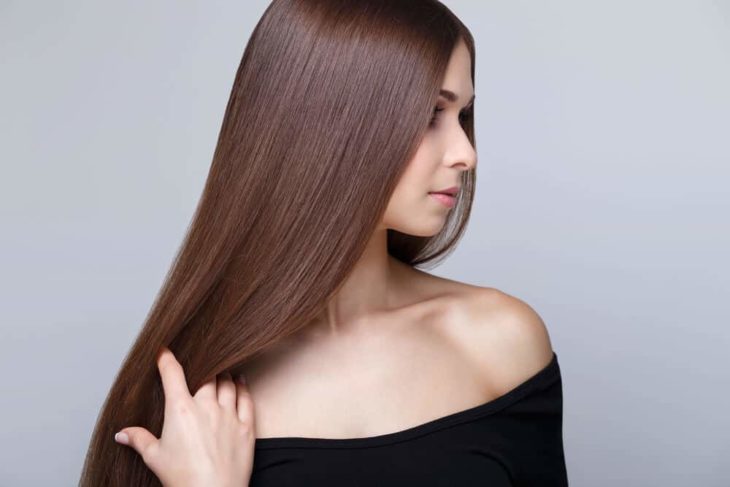
Source: Headcurve
Like any type, straight hair comes with its own pros and cons. While it naturally looks sleek, smooth, and shiny, it is prone to looking thin and greasy if not adequately cared for— especially if you live in an area with a lot of air pollution or high humidity. Your shaft tends to be smoother and less porous than other types, which means that all the oil you generate throughout the day has no other place to go except the top of your hair. As a result, your hair looks and feels flatter in less time.
Under the straight category, there are three main types:
- “stick” straight hair that does not curl or wave at all, and has difficulty maintaining one when styled;
- Can hold curls, but generally lay flat when unstyled;
- A little tousled while still mostly lying flat.
How to clean and maintain straight tresses
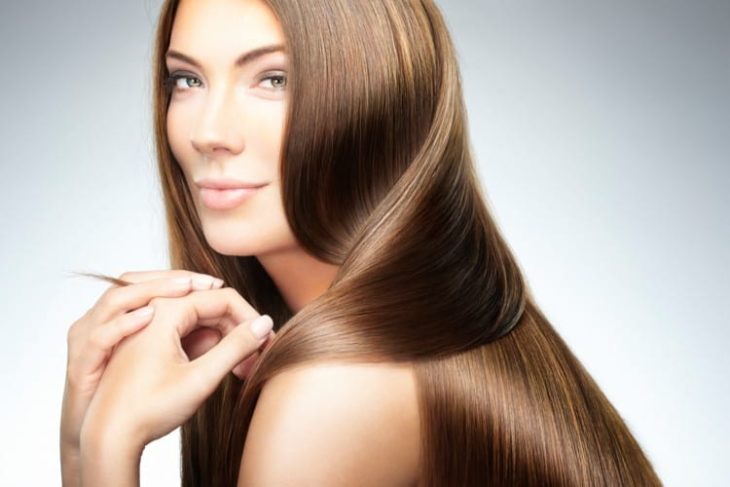
Source: cosmeticsdesign
First, wash your hair regularly. Natural oils tend to collect faster on straight hair, leading to greasy-looking roots if you leave it unattended for far too long. If you’re not a fan of showering daily, use a dry shampoo between washes to give your roots a quick boost and add volume to your hair.
After applying shampoo, apply your conditioner on the lower half of your hair. Working in your conditioner on the scalp area could weigh down the strands and make it look greasy even after you are fresh out of the shower.
This approach to washing helps keep your strands fresh and full of volume up top while preserving its sleek, smooth appearance from the bottom.
After rinsing off all the product, make sure to pat dry. Hair is much more vulnerable when it’s wet—even more so when you have fine hair. Avoid combing through it for the same reason, and leave it to air dry if you have the time.
How to find suitable products for straight tresses
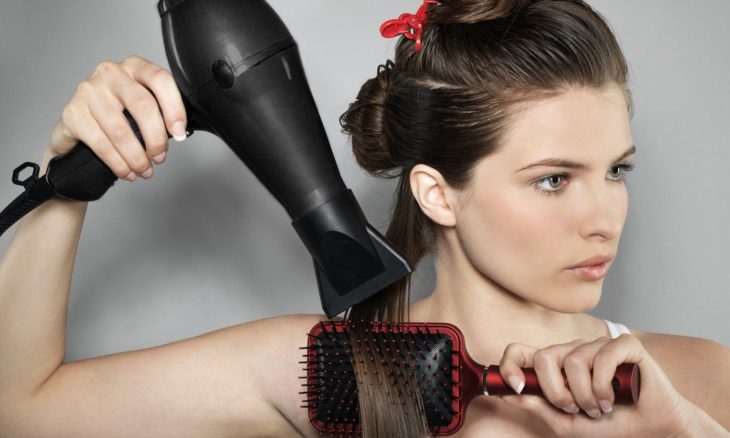
Source: dailymail
Dry shampoo is a priority because it allows you to skip washing your hair for a day or two without compromising quality.
For the rest of your products, look for ones that work on eliminating oiliness and encouraging volume. Straight hair tends to get oily and looks flat fast. Furthermore, I would also recommend looking through customer reviews to ensure that any after-shower products you decide to invest in do not leave behind any residue or buildup. A lot of oil could weigh your hair down.
Preventing damage for wavy and curly textures
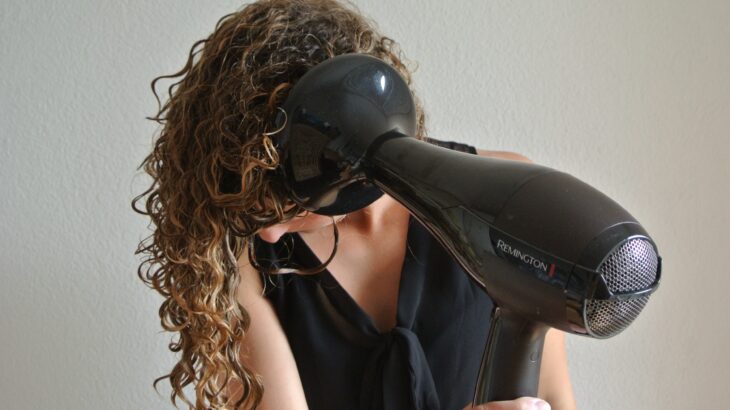
Img Source: healthybeautyme.com
It can be challenging to find the best products for your type and a routine for cleaning and maintenance since there are tons of different wave/curl types out there. This process may initially take some trial and error— and consequently, significant bouts of frustration as you navigate meh hair days and downright bad hair days while you’re working on getting it right.
While they may seem similar, I’ll be discussing coily types in a separate section to delve into the strand’s nuances. This section will tackle wavy hair that grows in three different ways:
- fine, thin waves that have no problem holding hairstyles using heated tools;
- waves that generally adhere to the shape of your head;
- coarse waves that frizz easily.
It will also look at curly hair strands that are:
- shiny and loose, with roughly the circumference of sidewalk chalk; and
- tight curls that form ringlets or corkscrews.
How to clean and maintain wavy and curly tresses
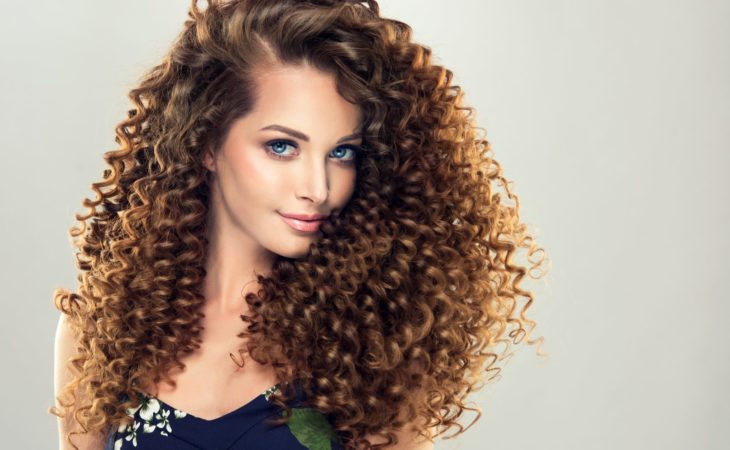
Source: Mill Pond Salon
Since wavy hair strands handle oil buildup better (some women even enjoy their hair more after a few days of no washing!), it’s safe to go for two to three days without having to wash your hair.
When it’s time to shower, however, there are a few hair hacks to keep in mind so that you make the most out of your time under the water. First, bring in a wide-tooth comb so that you can detangle in the shower after you apply the conditioner. The motion of the wide-tooth comb helps reduce tangles and knots.
Next, skip the towel—use a t-shirt or some microfiber fabric for your wavy locks. Plopping is an incredibly popular method because it allows your hair to dry out in its natural state.
Always touching your hair could mess up its drying patterns and cause frizz.
How to find suitable products for wavy and curly textures

Wavy tresses, with the right upkeep, can look effortlessly exotic and sultry. Beach waves, for example, is a stunning look on any girl and a great wavy to switch up your aesthetic for the summer season.
To achieve this look, start by looking for shower products that stimulate hydration. Wavy strands need an extra boost of moisture to keep the frizz at a minimum. Follow up with a conditioner that seals in the moisture so you maximize wash days.
If you’re feeling a little extra, I would also recommend investing in a leave-in product with some keratin. The keratin boost helps detangle while providing heat protection.
If you are looking for wavy or curly textured hair extensions you can check out www.privatelabelextensions.com.
Preventing damage for oily textures

Source: healthline
Coily textures effortlessly look sophisticated and classy. It is the most full-bodied hair type and has the most defined ringlets in the Walker hair spectrum.
Women with oily textures often struggle with increased vulnerability to frizz, breakage, and the weather. Coily hair tends to dry out faster and be more fragile overall because it does not have as many layers of the cuticle to combat dryness.
This section covers strands that are:
- dense and springy, making S-shaped curls;
- wiry, cascading down in z-patterns.
How to clean and maintain oily tresses

Img Source: rd.com
Washing out oily hair can make it dry and frizzy, so having a shower routine for your ringlets once a week is often more than enough for this type.
Since the oily texture is more fragile than straight, I recommend enhancing your cleaning routine with an additional step: start with twenty to thirty minutes of deep conditioning or oil to soften your ringlets and make it easier to detangle.
Afterward, rinse it out with warm water and use a hydrating shampoo and conditioner.
To maintain your hair’s shape and body, invest in a silk pillowcase or wrap it up in a scarf to keep it from tangling and getting frizzy. It’s also crucial that you have plenty of bandanas or hats to protect your ringlets from the sun’s heat.
How to find suitable products for oily tresses

Source: instyle
Coily hair is naturally voluminous, but the drawback is it needs an extra boost of hydration. Prioritize looking for products that can offer and lock in moisture— I would recommend regularly conditioning your tresses with a leave-in product that can be absorbed before, during, or after a shower. Holy grail ingredients to go by include argan oil or shea butter.
Skip the comb and gently run your fingers through your ringlets to work out any tangles and keep it maintained with trims every six to eight weeks to make room for growth.
Lastly, invest in some extra heat protection. Cover it up with a hat or a bandana to keep it from drying out and causing breakage. If you plan on styling it, work in a heat protectant styling product before using a blow dryer or curling iron.
